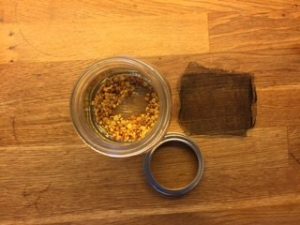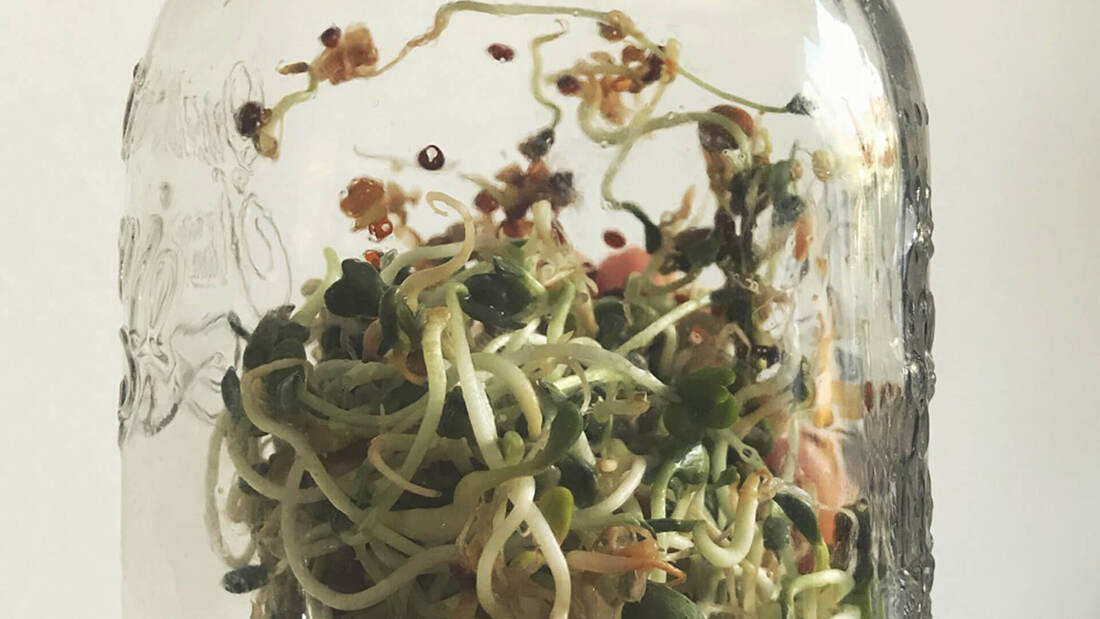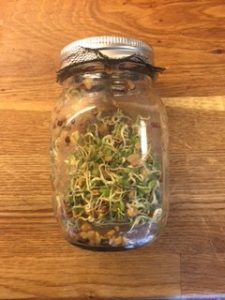|
The many benefits of passive heat treatment First, what exactly is passive heat treatment? Simply put, passive heat treatment includes:
The most notable types of heat therapy used are saunas, steam rooms, and hot baths. While they may be based off of similar concepts, the functions and benefits of both are somewhat different. So first, let’s cover what they are and why they’re so great. Hot baths Hydrotherapy is something that’s been practiced for centuries. Whether hot or cold, bathing offers many significant benefits. But here, we’re going to focus on heat as a method of treating various ailments. Besides sitting in the comfort of a warm tub, hot baths are actually great for the body. Here are a few reasons why [1]:
Steam rooms Steam rooms are pretty much as they sound — a room, usually made from tiles, that produces steam to 90-100% humidity. Since heat rises, sitting at a higher level in a steam room will provide greater benefits than sitting at a lower level. Like hot baths, steam rooms offer several of the same benefits:
Saunas Now that you’ve learned about a couple other forms of passive heat treatment, we can get to one of my new favorites — saunas. Touted for their wide range of health benefits, saunas have recently become a common thing to incorporate into a daily routine. If you’ve ever been to a Scandinavian country, you’ll see that saunas are extremely popular — and for good reason! Saunas are essentially a wood lined room that emits either dry heat or wet heat. Perhaps the most well known is the Finnish sauna — a room heated with a sauna stove and filled with stones that are heated by either electricity or fire. While being popular within northern Europe countries initially, saunas are a regular practice throughout the world. If you’re wondering why they’re so highly prized, here are some reasons:
But why heat therapy? Thermotherapy is a great option to help heal non-inflammatory body pain. This is because heat is great for inducing relaxation of muscles and dilating blood vessels through raising nitric oxide levels, a potent vasodilator, to promote greater blood circulation. Conditions that a sauna might be beneficial for include:
It’s crucial to remember that heat is not good for certain conditions and may make them worse. This includes things like severe injuries or infections and acute inflammation as in the case of an arthritis flare up. For conditions involving inflammation, it’s best to use ice. If you’re using a sauna to help release tension in muscles, it’s also imperative to know the different between muscle strains and ‘knots’. Strains indicate an actual injury to the muscle (a small tear) that a sauna will not fix, while knots are small patches of tender tissue usually caused my micro-spasms that often need pressure to be released. Heating Up Passive heat treatment is an excellent way to help relieve and treat several conditions. While hot baths are the cheapest and likely most convenient method, a sauna, whether it be infrared, Finnish, or electrically heated, offers numerous health benefits both externally and internally. So next time you visit a gym or spa that offers a sauna, be sure to strip down and hop in! BY COURTNEY LANDIN POSTED: JANUARY 29, 2019 Food is fuel for your body and to have optimum energy you must give it the proper fuel it needs. Here are some simple food swaps that you can make on a regular basis to have more energy, fewer cravings, and improve your nutrition.
Good carbs: Oats Sweet potato Cous cous Root veggies (beets, parsnips, carrots) Fruit Whole grains / sourdough Quinoa Potatoes Pea pasta Veggie or bean pasta Protein: Ham/turkey/chicken Edamame Cooked lentils Eggs Tofu Hemp seeds Good Fats: Avocados Olive oil Fish (salmon) Coconut oil Nuts Good for Cooking: Light (or refined) olive oil Avocado oil Clarified butter (ghee) Coconut oil Sugar: Coconut sugar Raw Sugar Sweets: Dried dates, apricots, or prunes Almonds, cranberries or raisins, raw cocoa nibs Try these simple food swaps and tell me how it’s going. comment below or come join me on Facebook or Instagram! Now that your nutrition is up and running how about boosting that with a 12 minute workout? Check it out here. BY COURTNEY LANDIN POSTED: APRIL 26, 2017  Grow your own sproutsSprouted foods are said to have 100 times more enzymes than uncooked fruits and vegetables. Enzymes help extract more vitamins, minerals, amino acids, and essential fatty acids from the foods you eat. Sprouts also have a higher quality protein and fiber content which helps the body improve immune function and get rid of toxins. Growing sprouts can sound complicated, but it really is an easy process and a simple way to add a healthy food to your meals. Here’s what you’ll need to get started.
First, be sure to clean the jar. Next, add two tablespoons of seeds into the jar, fill with water, and use the mesh to cover the top. If you are using cheese cloth, use a rubber band to secure the top. With the canning jar, use only the ring portion of the lid. Now, let the seeds soak for 8 hours. After the seeds have soaked, drain the water from the jar. You’ll keep the mesh on, that’s what it’s there for! In less than 24 hours you’ll start to see the seeds sprouting! After you’ve drained the water on the first day, keep the jar out of sunlight and don’t let the seeds sit in any extra water. The jar can be kept upright or tilted upside down in a bowl. Just be sure the top is not covered to allow for air flow. Once a day, fill the jar with water to rinse and wet the seeds. Be sure the seeds aren’t left sitting in water though. In just a few days, you’ll have sprouts ready to eat. After the sprouts have grown after several days, put the jar into the fridge and eat when you please. They are a great topping for any meal! Happy sprouting! BY COURTNEY LANDIN POSTED: AUGUST 19, 2016 |







